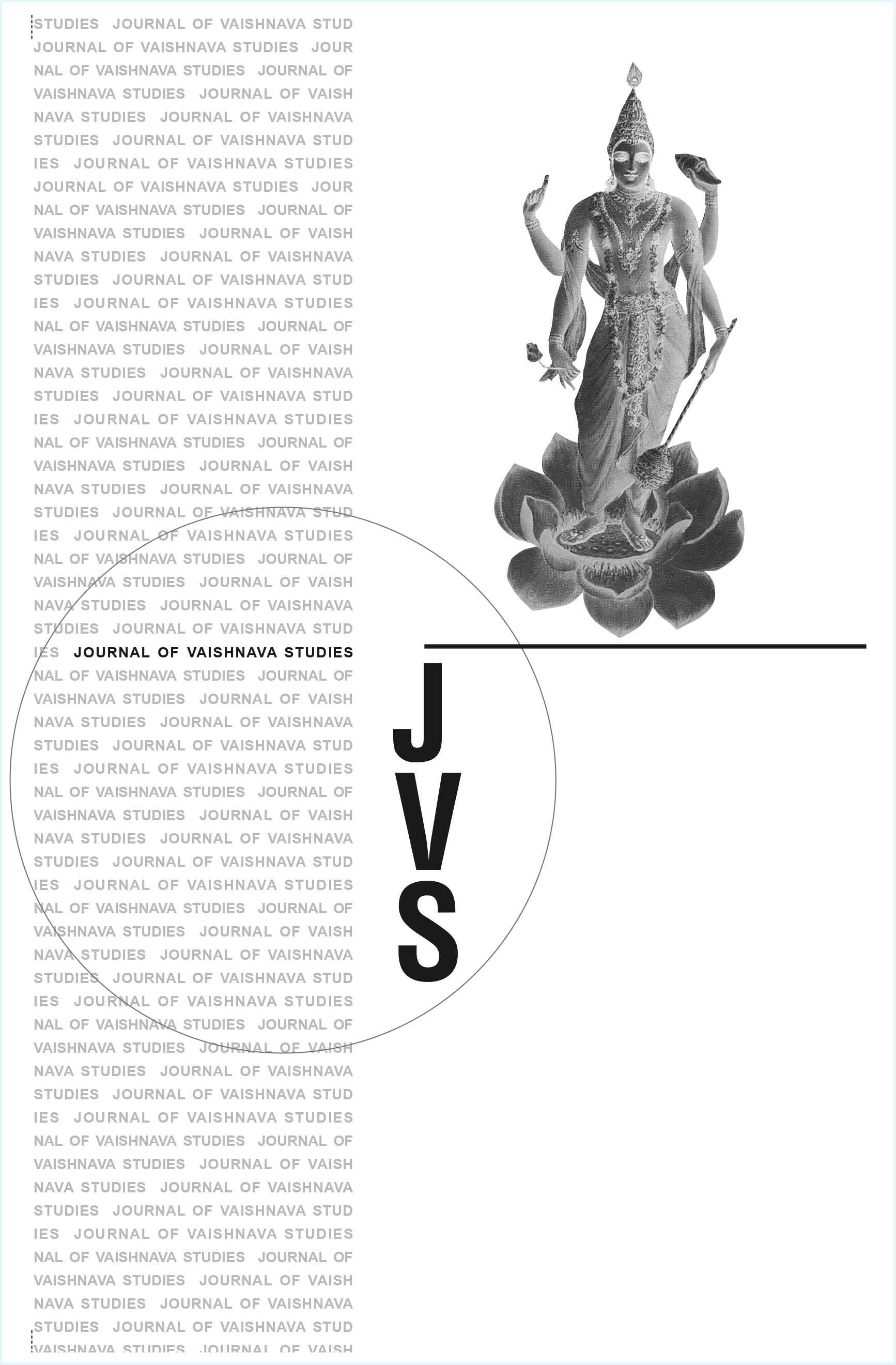The Parā-bhakti of the Gopīs
Keywords:
Bhakti, Gopis, Rasa-lila, Krishna, Bhagavata Purana, Devotion, Love, Passion, Transformation, Archetypes, Rasa, Kama, Para-bhaktiAbstract
The article "THE PARA-BHAKTI OF THE GOPIS IN THE RASA-LILA PANCADHYAYI" by Eric Huberman, examines the tradition of the cowherd women (gopis) of Vrindavana as supreme examples of bhakti (devotion), rooted in the rasapancadhyayi of the Bhagavata Purana. The article analyzes the narrative of the gopis' dance with Krishna to understand the development of their love. It explores the complex interpretations of the rasa-lila, including its use of archetypal material, and its relation to the aesthetic principle of rasa. The article also addresses the controversial aspects of the narrative, such as the portrayal of passion, and how the text transforms it into the purified emotional energy of bhakti. Huberman discusses the dynamics between Krishna and the gopis, the significance of their separation and reunion, and the role of kama (desire) in this transformation. The article concludes by emphasizing the Bhāgavata's vision of para-bhakti, where intense emotion directed towards the divine leads to profound union.Published
1998-01-01
Issue
Section
Articles





